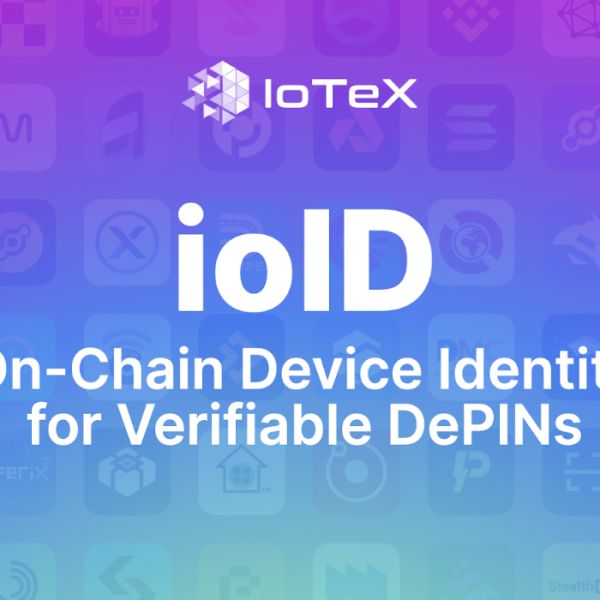Liquidium Introduces Native Liquid Staking for Bitcoin Runes
- Liquidium introduces native liquid staking for Bitcoin Runes protocol.
- Impacts Bitcoin Layer 1 with new DeFi liquidity.
- Protocol integrates with existing Liquidium lending products.
Liquidium has launched a native liquid staking framework for Bitcoin Runes protocol tokens, allowing users to stake LIQ on Bitcoin’s Layer 1 and receive tradable sLIQ liquid staking tokens.
This development marks a significant advance in Bitcoin-native DeFi, expanding liquidity options and eliminating custody risks associated with wrapped assets.
Main Content
Liquidium has launched the first native liquid staking framework for Bitcoin Runes tokens. This framework allows users to directly stake LIQ tokens on Bitcoin’s Layer 1, turning those into sLIQ , which are both tradable and reward-bearing assets.
The introduction of this framework directly impacts the Bitcoin Layer 1 ecosystem by expanding DeFi opportunities. It promotes security by keeping all staked assets directly on Bitcoin’s native layer, avoiding custodian risks linked with wrapping.
CEO Robin Obermaier stated the framework connects directly to existing lending products, enhancing Bitcoin-native DeFi. Liquidium leads the shift with this pioneering protocol, emphasizing security and native staking without wrapping or bridging.
Financially, the framework algorithmically directs 30% of daily revenue to LIQ token buybacks, benefiting stakers. Unlike traditional models, rewards derive from real protocol income, distinguishing it from inflationary models in standard DeFi protocols.
“Liquidium’s launch of sLIQ for Bitcoin Runes tokens represents the first fully native, liquid staking solution for BTC assets, directly supporting Bitcoin’s Layer 1.” – Robin Obermaier, Crypto Slate
Since the launch, over 102,000 loans have been processed on Liquidium’s platforms, with $450 million in borrowing volume. All operations are secured via decentralized wallets, ensuring comprehensive security for users and maintaining self-custody of assets.
Liquidium’s initiative marks a financial trend toward native Bitcoin solutions. Historically, similar liquid staking models on Ethereum required asset wrapping . This launch underscores a potential shift in Bitcoin DeFi practices, possibly influencing future cross-chain developments.
Disclaimer: The content of this article solely reflects the author's opinion and does not represent the platform in any capacity. This article is not intended to serve as a reference for making investment decisions.
You may also like
IoTeX launches the world's first on-chain identity solution ioID designed specifically for smart devices
ioID is revolutionizing identity management for smart devices, allowing DePIN to authenticate devices, protect data, and unlock next-generation application scenarios within a user-owned ecosystem compatible with any blockchain.

Mars Morning News | Last week, global listed companies made a net purchase of $13.4 million in BTC, while Strategy did not buy any Bitcoin last week
Expectations for a Federal Reserve interest rate cut in December have risen, with Bitcoin briefly surpassing $89,000 and the Nasdaq surging 2.69%. There are internal disagreements within the Fed regarding rate cuts, causing a strong reaction in the cryptocurrency market. Summary generated by Mars AI. This summary is generated by the Mars AI model and its accuracy and completeness are still being iteratively updated.

The covert battle in the crypto industry escalates: 40% of job seekers are North Korean agents?
North Korean agents have infiltrated 15%-20% of crypto companies, and 30%-40% of job applications in the crypto industry may come from North Korean operatives. They act as proxies through remote work, using malware and social engineering to steal funds and manipulate infrastructure. North Korean hackers have stolen over $3 billion in cryptocurrency to fund nuclear weapons programs. Summary generated by Mars AI. This summary is generated by the Mars AI model, and its accuracy and completeness are still being iteratively improved.

Which targets are Wall Street short sellers eyeing? Goldman Sachs reveals the short-selling undercurrents amid the AI wave
Data shows that short selling in the US stock market has reached a five-year high. However, investors are not recklessly challenging AI giants; instead, they are targeting so-called "pseudo-beneficiaries"—companies that have surged on the AI concept but lack core competitiveness.
